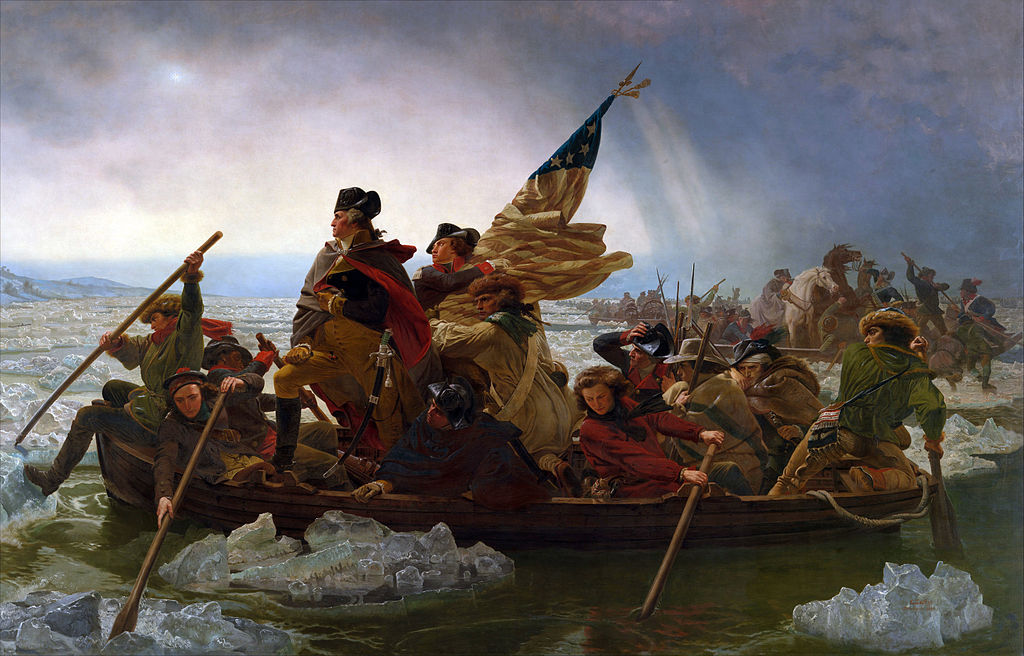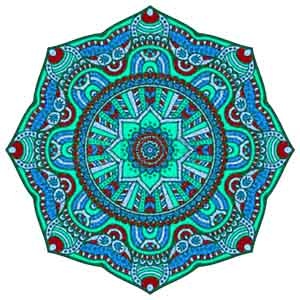
The role of American paintings in the world of art has paralleled the role of the United States in global politics. Our earliest painters, such as Copley, Gilbert Stuart and Benjamin West, were largely satellites of Britain. In the late 19th century, Whistler, Sargent and Winslow Homer shook off European influences and began to create what seemed a uniquely American art. A century later, and until the present, American paintings stopped being labeled and simply became “art.”
But American paintings didn’t truly come into their own until the rise of abstract expressionism in the early to mid-1900s. After Picasso, almost all great art was American art. Georgia O’Keefe’s flowers became abstract images in the 1930s, and she was closely followed by Pollock, Gorky and De Kooning. (Though these last two were not American born, their careers were in America.)
American Paintings Dominate Today’s Art World
In the 1960s and 70s, American paintings, like every other aspect of American life, took a great leap past previously existing boundaries. One of those boundaries, between “high art” and popular culture, was exploded by the rise of Pop art. Though Andy Warhol’s repetitive silkscreens, Roy Lichtenstein’s comic book panels and the works of minimalists and color field artists such as Frank Stella and Helen Frankenthaler may seem to have little in common, they all force the viewer to toss aside preconceptions and see differently.
Today’s American art, and indeed much of all contemporary art, seems scattered and without focus. When asked to name a famous living artist, the best that most people can come up with is Thomas Kinkade. We can only hope and wait for the next great flowering that will define the early 21st century, and it seems a fairly safe assumption that it will be American.
Thank you for reading this article! If you have any further questions about this topic please contact us.
